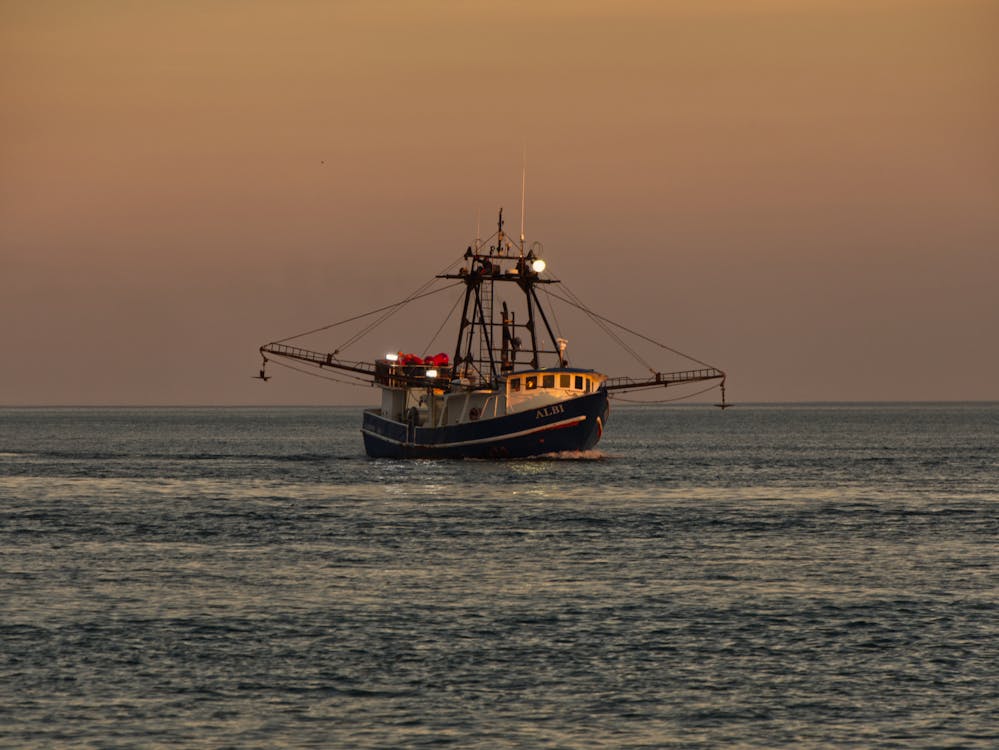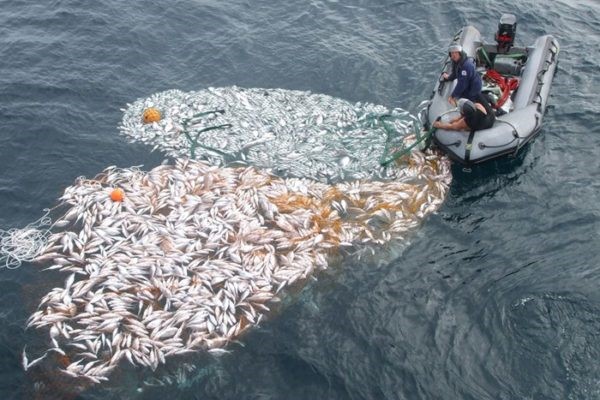
supplied by Legasea
Cameras onboard commercial fishing vessels have exposed the environmental cost of destructive, indiscriminate fishing techniques.
Since the installation of cameras on 127 vessels, the volume of reported fish discarded has increased by 46 percent and interactions with protected species, including seabirds and dolphins, is more than double what was previously reported.
Around $30 million has been invested in the camera programme so far, and it seems that it is money well spent given that the footage has exposed a greater level of wastage than has been estimated.
This level of discards is not included in current assessments, so some inshore fish populations could be more at risk of serious depletion.

This means many fish stocks will need to be reviewed and a greater allowance will need to be made for fishing related mortality. That means fewer fish are available to be caught.
For decades fisheries managers have allowed the commercial fishing industry to live out of sight, out of mind, beyond the horizon. Now with some transparency, the data speaks for itself.

While transparency is good, the real issue is that we are still not addressing the root cause. The Quota Management System allows for indiscriminate bulk harvesting in mixed species fisheries, resulting in an incredible amount of wasted fish. These methods are unacceptable and have no place in our inshore marine environment.
Clearly, fisheries management in this country has lost its way. These latest revelations confirm what many are thinking, that the regulator has been captured by the industry it is supposed to oversee.
Don’t shoot the messenger, the data speaks for itself.
Fisheries New Zealand data shows that cameras were operational on 123 inshore trawl, surface longline or set net vessels, as of January 2024.









